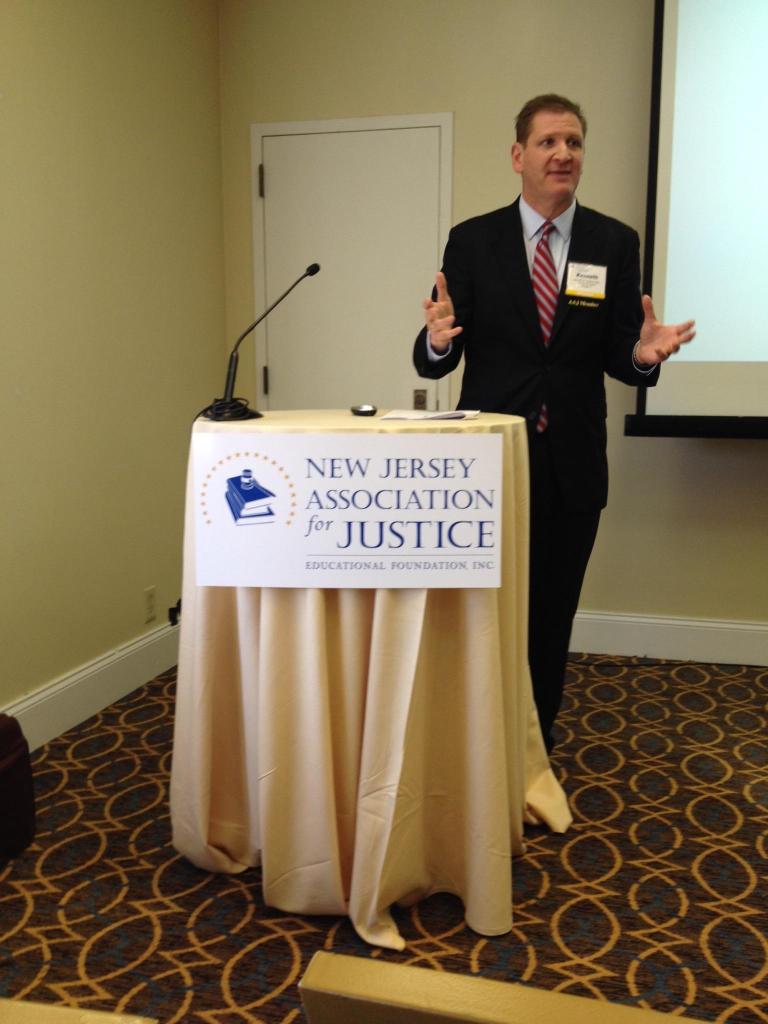
Some lists are more important than others over the holidays: Santa’s list, of course, and the latest list coming from Illinois Attorney General Lisa Madigan’s office.
Madigan’s team has released its annual “Safe Shopping Guide” for the 2014 holiday shopping season. The Safe Shopping Guide is considered by many to be a critical resource for parents in the midst of perpetual spending sprees. Since 2007, the annual guide has been helping families avoid dreaded product recalls (an estimated 44 million individual units of children’s products are recalled each year, many of which go overlooked by retailers and remain available to unassuming shoppers!)
This year’s guide highlights over 100 recalled products, as determined by the Consumer Product Safety Commission. Products recalled include toys, cribs, furniture, clothing and baby gear. One of the great features of the “Safe Shopping Guide” is just how detailed it is. You’ll find a comprehensive list of defective products, along with descriptions and photos pinpointing exactly what parents should be paying close attention to. Topping this year’s list are items like the Dynacraft Aviago Youth Bicycle (recalled on July 31 due to a faulty front tire prone to detach) and the Toys “R” Us Toy Toaster Set (recalled on October 13 as a result of the brittle plastic toast that has a tendency to crack and break into small pieces, posing a choking hazard).
“The Safe Shopping Guide is a must-have for this holiday season,” said Abe Scarr, Illinois PIRG (Public Interest Research Group) Director, in a statement released by the Attorney General’s office. “Shoppers should pay close attention to toys that contain small parts that could lead to choking, and consumers should be especially vigilant while shopping online where recalled toys may still be available.”
Not Just Physical Products – Stay Cybersafe
New this year is a feature that provides important information on taking precautionary measures against identity theft and credit card fraud, two big concerns among consumers following several major data breaches at large retailers like Target, Michael’s, Neiman Marcus, and Home Depot.
Madigan’s guide includes preventative steps to help shoppers protect against identity theft. Her office notes that caller complaints involving cyber security jumped 1,600 percent in 2013 alone; they have successfully helped more than 35,000 victims remove over $26 million in fraudulent charges from their credit, thanks in part by encouraging encouraging consumers to take preventative steps like the ones below.
Protect your data with four simple steps, as outlined in the Safe Shopping Guide:
Set up transactions alerts
Establish spending limits and email/text alerts to keep you updated whenever a transaction exceeds a certain threshold. Should you find out that your card exceeded the limit, you can dispute the charge immediately with your credit card company.
Regularly review your bank and credit card statements
It’s easy to pinpoint a fraudulent charge, especially when it’s a large amount. But some scammers have learned to do so over time with small charges that most people would otherwise not notice. Taking a closer look at your bank and credit card statements can help you find inconsistencies or patterns in small numbers.
Review your credit report for unauthorized accounts
Credit card holders are entitled to at least one free credit score report from each of the three nationwide credit reporting agencies each year. By ordering your credit report, you can determine whether any unauthorized accounts have been open in your name.
Consider putting a security freeze on your credit
Lock down your personal data and prevent scammers from gaining access to your personal information. It’s the most extreme but also the most sure-fire way to keep things safe and secure. You’re free to lift the freeze at any time, should you want to make a big purchase in the future.




